12 Potty Training Strategies That Help Toddlers Transition Out of Diapers
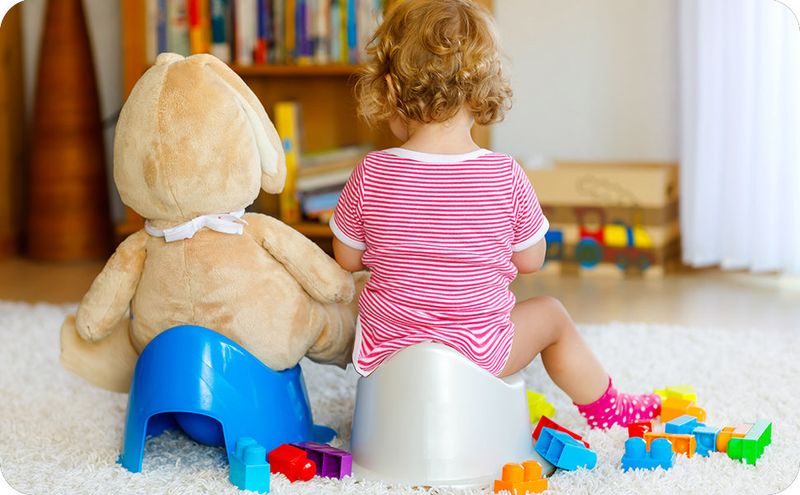
Potty training is one of those parenting milestones that can feel both exciting and utterly overwhelming. One minute you’re dreaming of a diaper-free life; the next, you’re scrubbing your couch cushions… again. But take heart—success doesn’t require superpowers, just smart strategies and a bit of patience. The key is to meet your toddler where they are, with a plan that’s flexible, encouraging, and rooted in real-life experience. Whether you’re just getting started or regrouping after a few setbacks, these expert-backed potty training strategies will help turn chaos into confidence—and yes, you might even have a little fun along the way.
1. Watch for the Magic Signs of Readiness
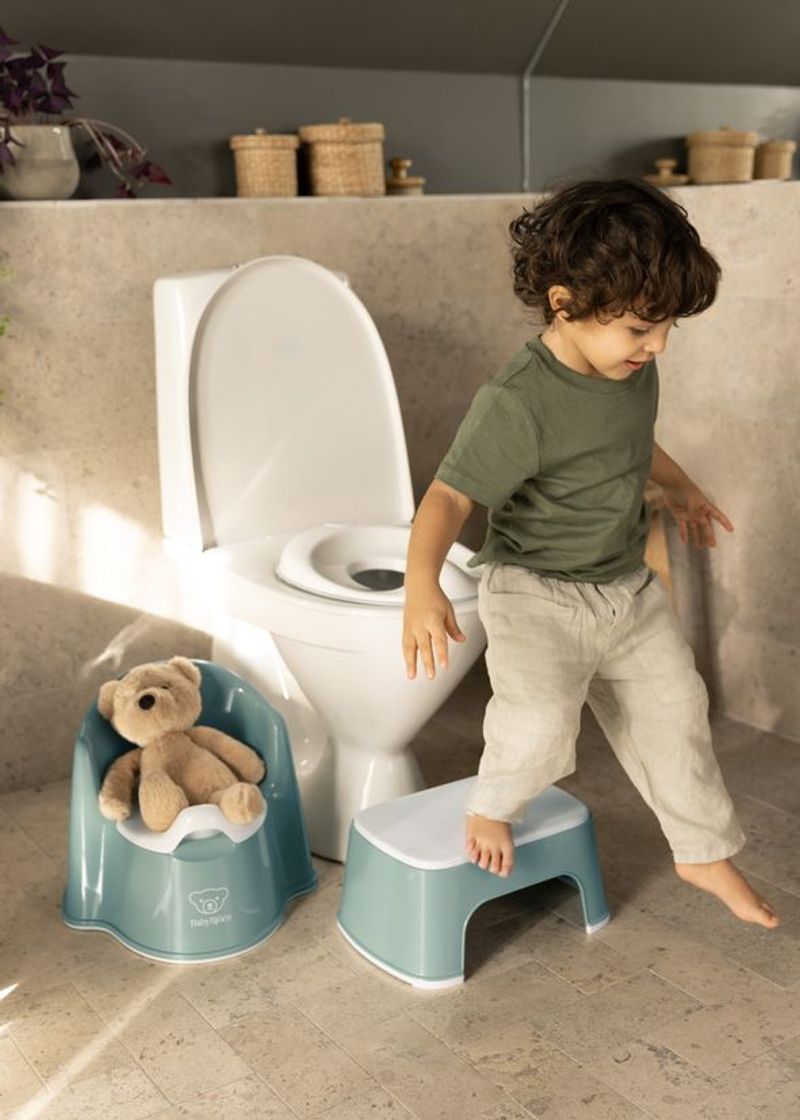
Your child will send clear signals when they’re ready to start this journey. Communication skills become stronger, and they’ll show genuine interest in watching others use the bathroom.
Physical readiness includes staying dry for longer periods and having regular bowel movements. Most children reach this stage between 2½ and 4 years old.
Look for their ability to undress themselves and express when they need to go. Rushing before these signs appear often leads to setbacks and frustration for everyone involved.
2. Create a Detailed Observation Schedule

Spend a few days tracking your child’s natural bathroom patterns before starting training. Note when they typically wet their diaper or have bowel movements throughout the day.
This information becomes your secret weapon for timing potty breaks perfectly. Most children follow predictable schedules, especially after meals or upon waking.
Keep a simple chart with times and types of accidents. Understanding these patterns helps you anticipate their needs and increases success rates dramatically during the first weeks.
3. Choose Your Potty Training Launch Day Wisely

Pick a calm weekend or period when you can dedicate full attention to the process. Avoid starting during stressful times like moving, new siblings, or major schedule changes.
Clear your calendar for at least three consecutive days of focused training. Having fewer distractions allows you to respond quickly to your child’s needs.
Explain the process clearly before beginning, showing them each step from sitting to wiping. This preparation reduces anxiety and builds excitement about their new grown-up skill.
4. Stock Up on Essential Training Supplies
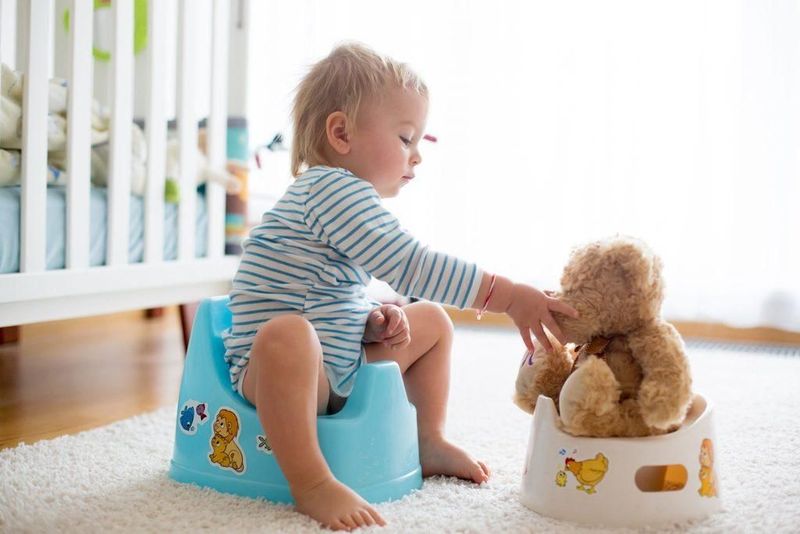
Gather all necessary items before starting: a comfortable potty chair or toilet seat insert with step stool. Having the right equipment prevents delays when your child needs to go.
Switch from diapers to regular underwear during training hours. This helps children recognize the wet feeling immediately and connects actions with consequences.
Keep cleaning supplies nearby for quick accident cleanup. Extra clothes, wipes, and patience will be your best friends during those first challenging days of learning together.
5. Master the Art of Regular Potty Breaks
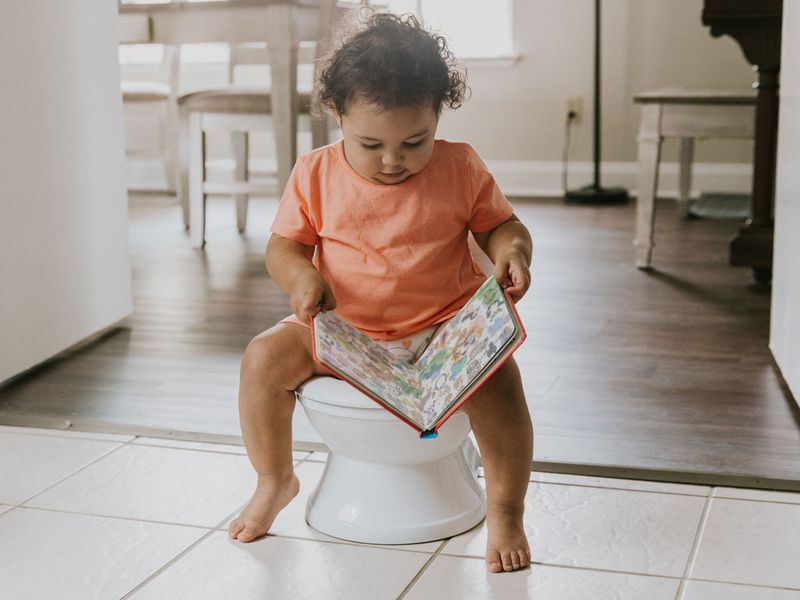
Ask your child every hour if they need the bathroom, especially after meals and before leaving home. Consistency creates habits faster than sporadic reminders.
Have them sit for 3-5 minutes even if they don’t feel the urge. This practice helps their body learn the routine and timing.
Bring books or songs to make sitting time enjoyable rather than boring. Creating positive associations with the potty encourages cooperation and reduces resistance to regular bathroom visits.
6. Celebrate Every Small Victory with Enthusiasm

Praise attempts even when they’re unsuccessful – effort matters more than perfect results. Your excitement motivates them to keep trying when challenges arise.
Consider simple rewards like stickers, extra story time, or choosing tomorrow’s outfit. Small incentives create positive memories around bathroom visits.
Avoid overwhelming rewards that create pressure or dependency. Natural praise and recognition work better for building long-term confidence and independence in this important life skill.
7. Handle Accidents with Grace and Understanding
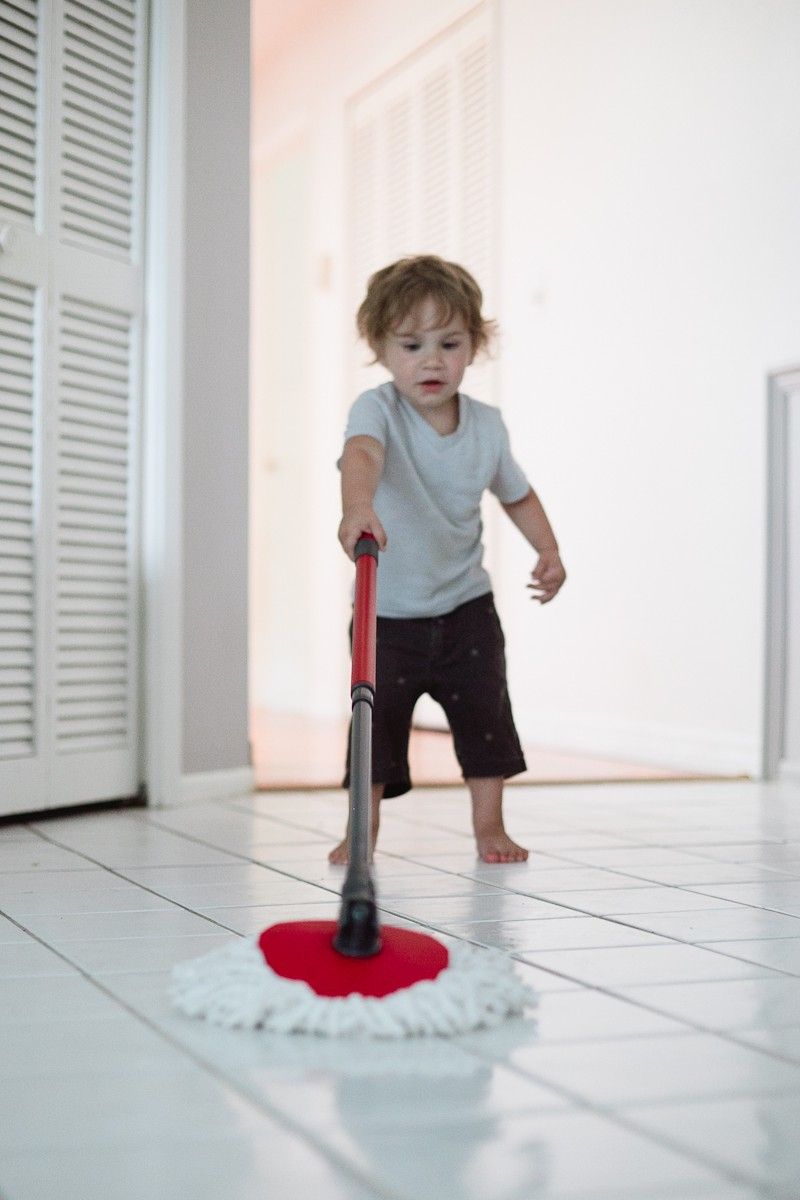
Stay calm when accidents happen – they’re completely normal parts of learning. Scolding creates shame and fear around bathroom activities.
Involve your child in gentle cleanup to teach responsibility without punishment. This approach helps them understand consequences while maintaining dignity.
Always follow accidents with handwashing to reinforce hygiene habits. If setbacks become frequent, take a break and restart when everyone feels ready and refreshed again.
8. Use Gender-Specific Teaching Techniques
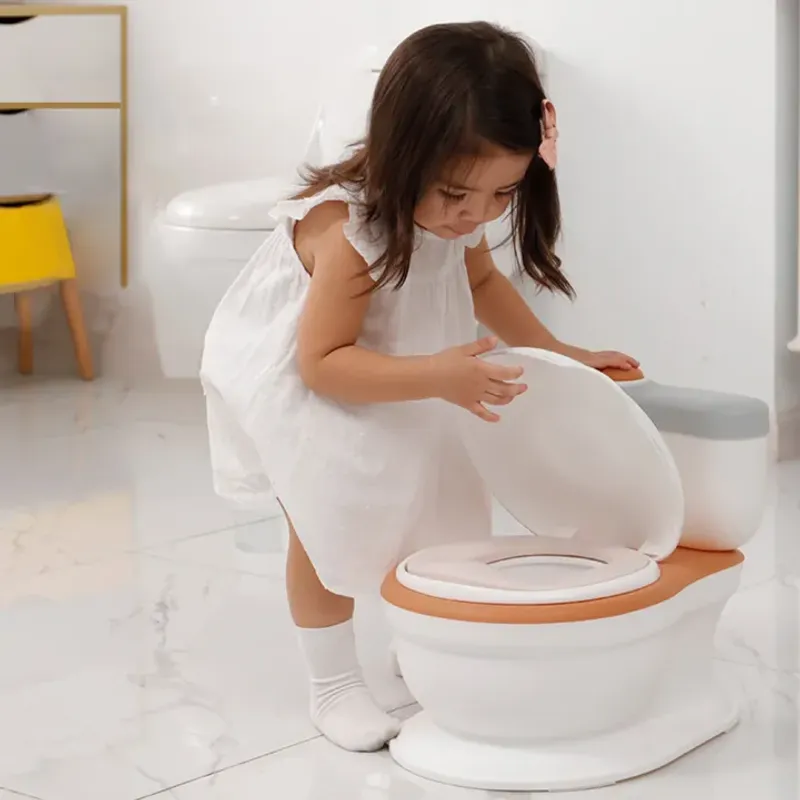
Boys should start by sitting for both urinating and bowel movements to reduce mess and build confidence. Standing can come later once basic skills develop.
Girls need to learn proper wiping technique from front to back to prevent infections. Demonstrate this important hygiene step clearly and repeatedly.
Both genders benefit from seeing same-gender role models when possible. This natural learning method helps them understand expectations and normal bathroom behaviors more easily.
9. Make Bathrooms Easily Accessible and Comfortable
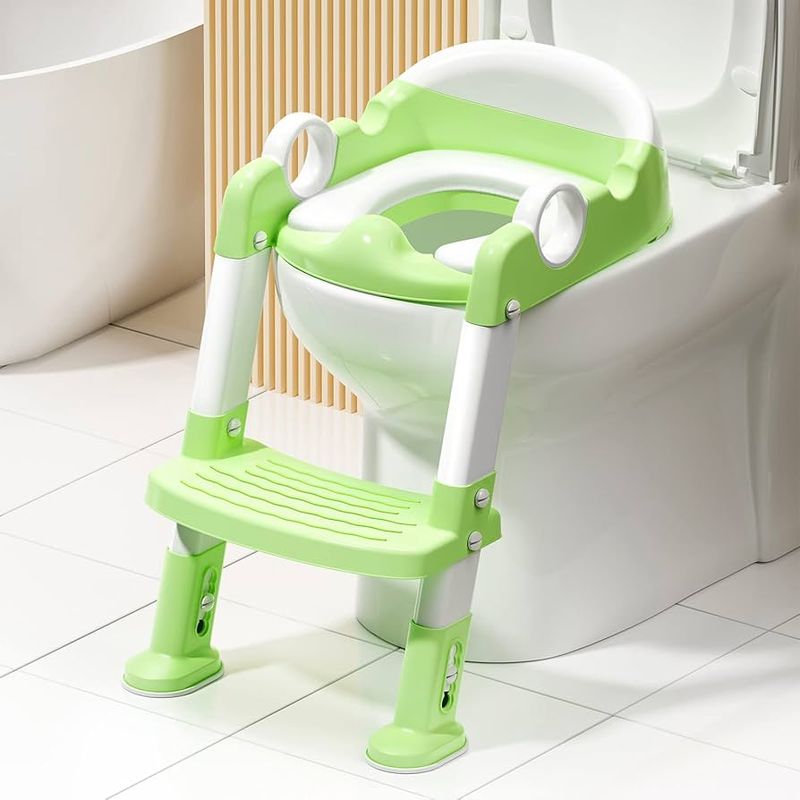
Ensure your child can reach the potty or toilet independently with proper step stools. Accessibility prevents delays that lead to accidents.
Keep the bathroom door open and path clear during training periods. Quick access matters more than privacy at this learning stage.
Continue using diapers at night until they consistently wake up dry. Nighttime control develops separately and often takes longer than daytime training to fully establish.
10. Practice Patience Through Individual Learning Paces
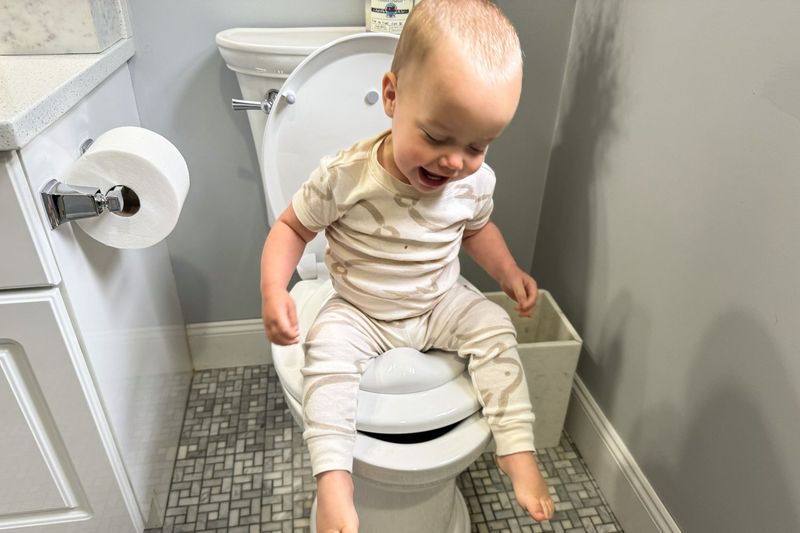
Every child learns differently – some master skills in days while others need weeks or months. Comparing your child to others creates unnecessary stress.
Use supportive tools like potty chairs with fun designs or toilet rings with favorite characters. These small touches make the experience more appealing.
Talk through each step calmly and offer encouragement for both effort and success. If frustration builds, taking breaks prevents negative associations with bathroom activities.
11. Transform Potty Time into Playful Adventures
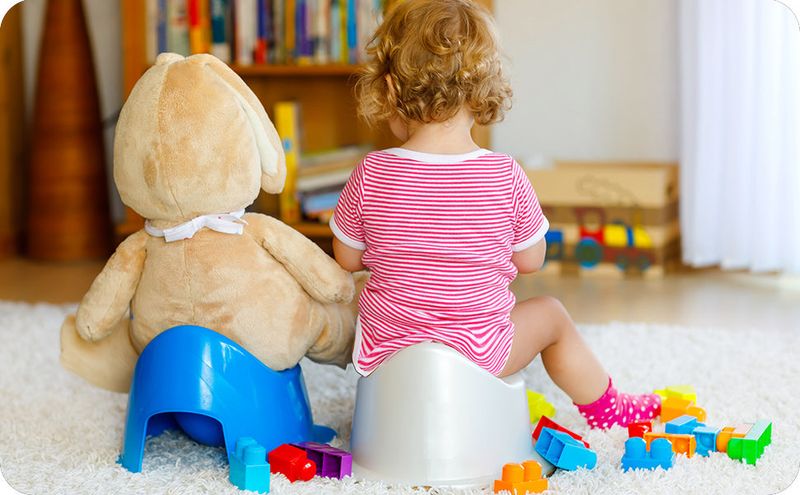
Float Cheerios in the toilet as targets for boys learning to aim. This simple game makes practice sessions fun rather than stressful.
Add food coloring to toilet water so children can watch colors swirl and change. These visual effects capture attention and reduce resistance.
Sing special potty songs or read bathroom books together. Creating joyful experiences helps children look forward to bathroom visits instead of avoiding them completely.
12. Access Professional Parenting Support Resources

Lane County residents can get free Triple P Online access by completing a simple form. Professional guidance helps when challenges arise during training.
Expert advice provides evidence-based strategies tailored to your family’s specific needs. Sometimes outside perspective offers solutions you hadn’t considered before.
Parenting Now staff sends access codes within 24 hours, giving you immediate support from home. Having professional backup reduces stress and increases confidence during difficult training moments.

Comments
Loading…